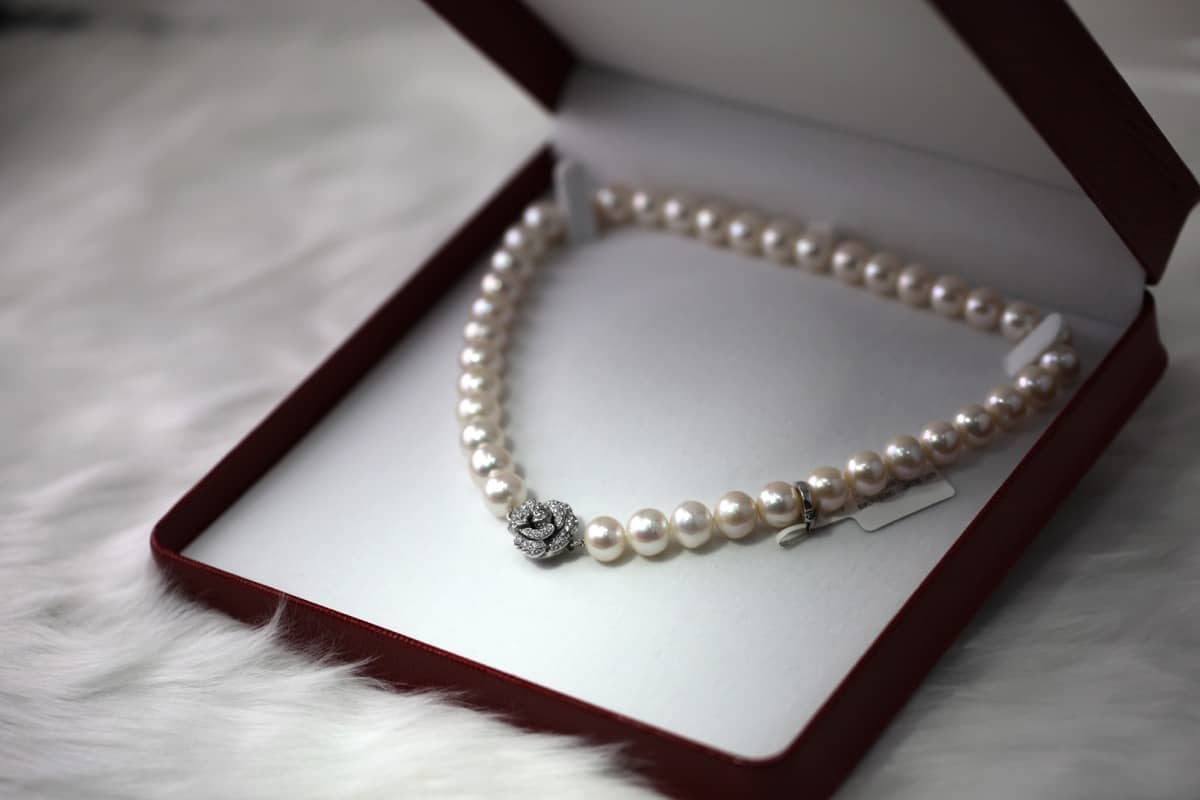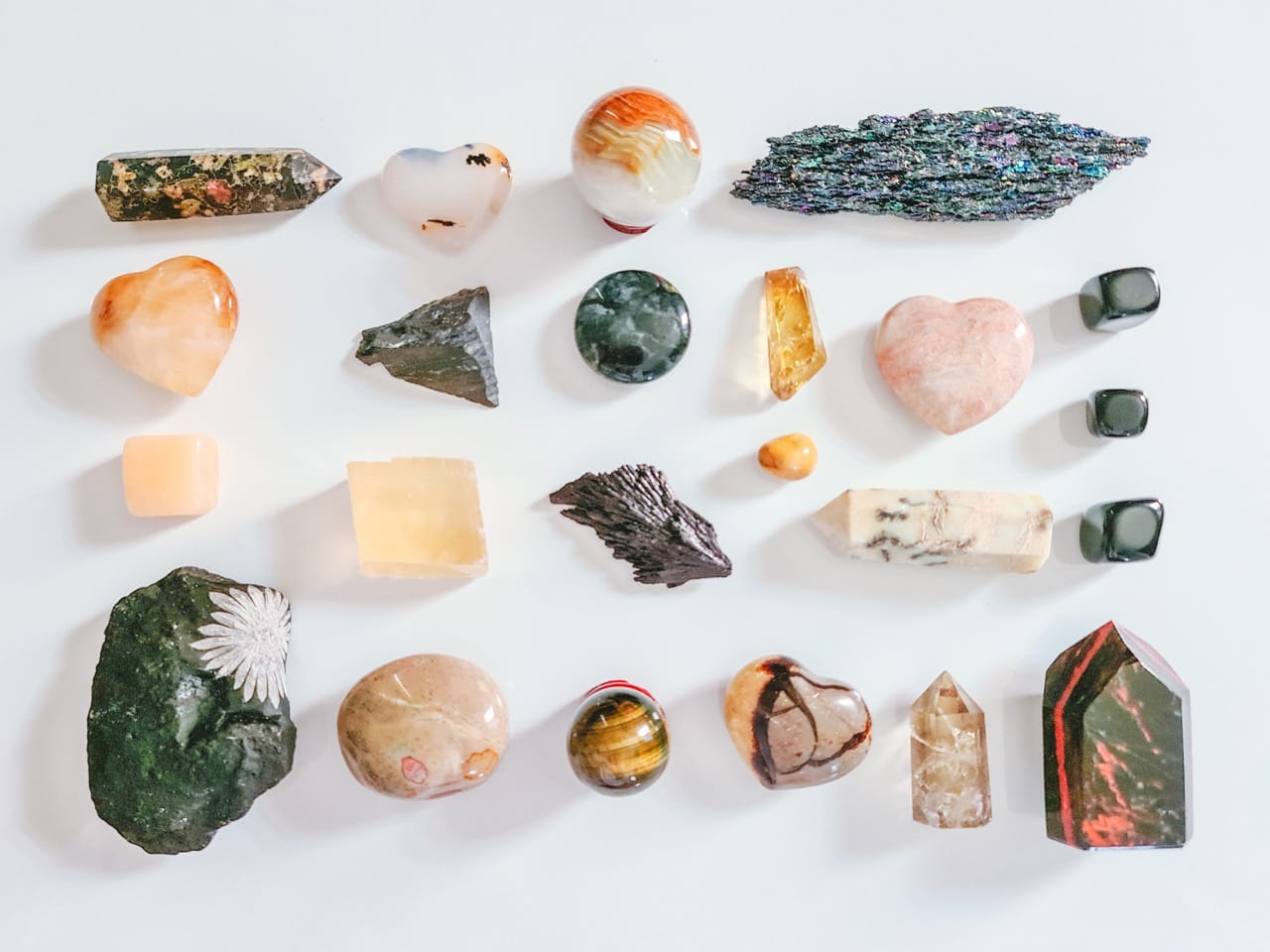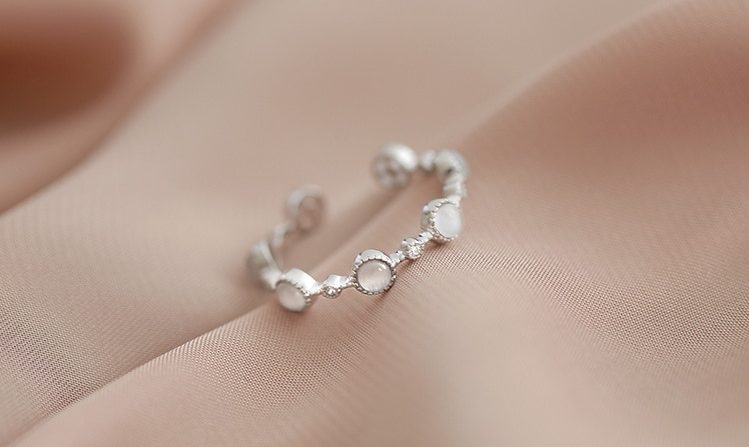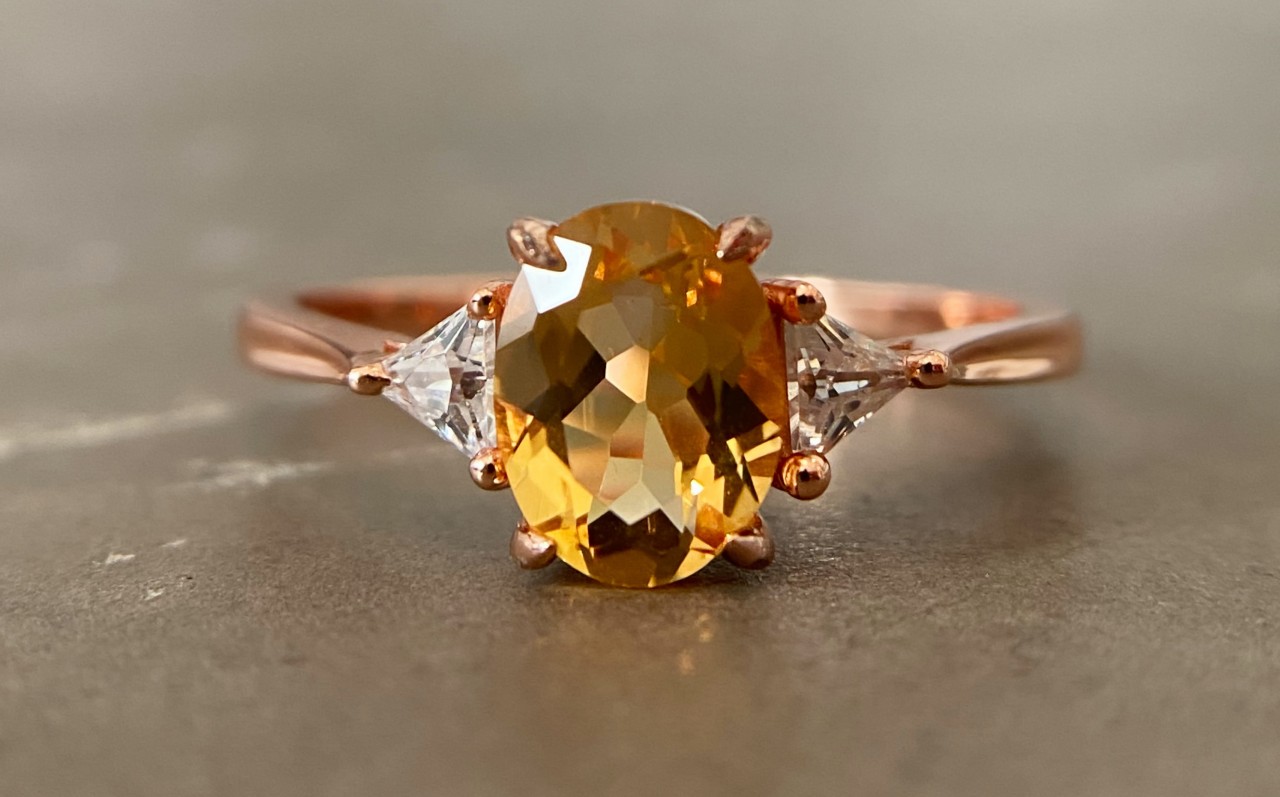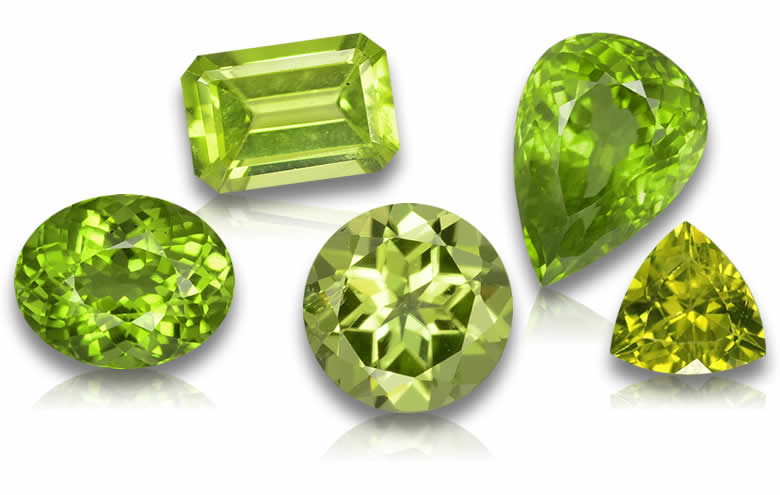Quick info about Pearl Birthstone
- Official birthstone: June
- Colors: Typically white, but can also be various shades of pink, lavender, black, or other colors
- Meaning: Purity, innocence, and emotional balance
- Zodiac signs: Gemini and Cancer
- Mohs hardness: 2.5 to 4.5
Birthstones have long held a significant place in human culture, representing months of the year and possessing unique qualities and meanings. These gemstones are believed to bring good fortune, health, and prosperity to those who wear them. June, with its warm weather and blooming beauty, is associated with the luminous pearl as its birthstone.
Definition and Significance of Birthstones
The concept of birthstones can be traced back to ancient times when certain stones were believed to possess mystical properties associated with the astrological signs or months. These gemstones were worn as talismans or amulets for protection and luck.
Over time, birthstones gained symbolic significance beyond their original astrological associations, becoming beloved gems that hold personal meaning for individuals born in specific months. Birthstones carry immense sentimental value as they are often seen as representations of one’s identity or personal attributes.
They serve as reminders of birthdays, anniversaries, or other meaningful occasions in a person’s life. Additionally, birthstones are popular choices for jewelry gifts due to their individualized nature and the belief that they bring good fortune when worn during their corresponding month.
Brief Overview of June Birthstone – Pearl
The pearl reigns supreme as the radiant birthstone for those born in June. Unlike other gems created within the earth’s crust under extreme geological conditions, pearls are unique treasures formed within living organisms found primarily in oceans and rivers. Pearls are renowned for their lustrous beauty and timeless elegance.
They exhibit a delicate iridescence that emanates an ethereal glow like no other gem can replicate. This captivating allure has made pearls coveted throughout history by royalty, celebrities, and discerning individuals seeking sophistication.
The pearl holds a special place among all gemstones due to its organic origin and the mesmerizing journey of formation. It symbolizes purity, innocence, and wisdom, making it a beloved talisman that evokes a sense of tranquility and inner beauty in those who wear it.
The captivating story of the pearl begins deep within the oceans or rivers, where mollusks – such as oysters or mussels – create these exquisite gems. The process of pearl formation occurs when an irritant, such as a grain of sand or microscopic organism, enters the mollusk’s shell.
In response to this intrusion, the mollusk coats the irritant with layer upon layer of nacre (mother-of-pearl), resulting in a luminous pearl over time. As we delve deeper into the fascinating history and cultural significance of pearls as birthstones for June babies, we will explore their origin myths, their presence in ancient civilizations’ lore and legends, as well as their various types and characteristics that make each pearl so unique.

Ancient Civilizations’ Fascination with Pearls
Mesopotamian References to Pearls in Texts and Jewelry
Pearls have captivated humanity for thousands of years, with evidence of their allure found in the annals of ancient civilizations. Among the earliest references to pearls are those found in Mesopotamian texts and artifacts.
In ancient Mesopotamia, pearls were highly prized and considered treasures from the gods. They were mentioned in various texts, including cuneiform tablets that described their use in jewelry and adornments.
Mesopotamians adorned themselves with pearl jewelry, such as necklaces, earrings, and bracelets. These exquisite pieces showcased the Mesopotamians’ admiration for pearls and their craftsmanship.
Pearls were often associated with deities like Ishtar, who was the goddess of love and beauty. Their belief in the divine origin of pearls elevated their value beyond mere decorative items.
Chinese Belief in the Healing Properties of Pearls
In Chinese culture, pearls held significant importance beyond their ornamental value. The Chinese believed that pearls possessed immense healing properties capable of promoting longevity and enhancing overall well-being. Ancient Chinese medical texts mention the use of powdered pearls as remedies for various ailments.
The healing properties attributed to pearls by traditional Chinese medicine included nourishing yin energy, soothing inflammation, improving skin conditions, calming nerves, and promoting better sleep patterns. These beliefs stemmed from the notion that pearls were formed within oysters through a natural alchemical process that imbued them with special powers.
Pearls in Greek and Roman Mythology
Greek and Roman mythology abound with tales featuring divine figures closely associated with pearls. One such figure is Aphrodite (Venus), the goddess of love and beauty whose birth was said to be from seafoam floating on ocean waves. As a symbol of her divine essence, pearls were believed to embody purity, love, and beauty.
In Greek mythology, the connection between pearls and Aphrodite is evident. The story of her love affair with the mortal Adonis tells of Aphrodite shedding tears of sorrow upon his death.
These tears transformed into pearls as they touched the ocean’s surface—symbols of eternal love and mourning. The Romans also revered pearls as symbols of status and power.
Pearls adorned emperors, high-ranking officials, and noblewomen. They were seen as a mark of wealth and sophistication, often being incorporated into intricate jewelry designs worn by Roman elites during grand celebrations and important gatherings.
Pearls as Symbols of Purity, Love, and Beauty
Pearls have long been associated with purity due to their lustrous appearance akin to moonlight or dewdrops. Their natural radiance evokes a sense of innocence and cleanliness that resonates across cultures throughout history. In many societies, pearls have been embraced as symbols representing purity in relationships before marriage or as gifts for newborns symbolizing a clean start in life.
Beyond purity, pearls have been cherished symbols of love and beauty for centuries. The gentle sheen emanating from a pearl’s surface has often been compared to the glow on a lover’s face or the radiance of one’s inner beauty.
Pearls are frequently exchanged between lovers as tokens expressing deep affection or used in bridal adornments to signify enduring love on wedding days. The historical fascination with pearls reveals their enduring allure across different civilizations.
From Mesopotamia to China, Greece to Rome, these exquisite gems have held cultural significance beyond their physical attributes alone. Whether treasured for their healing properties or admired for their symbolism in mythology, pearls continue to captivate humanity with their timeless beauty.
Formation of Pearls
Natural Pearl Formation Process
In the enchanting realm of pearls, it is fascinating to explore the intricate process through which these lustrous gems are born. Mollusks, including both saltwater and freshwater varieties, serve as the remarkable creators of natural pearls. These extraordinary creatures possess an innate ability to transform an irritating foreign object into a captivating work of art.
The formation begins when a tiny irritant, such as a grain of sand or parasite, enters the mollusk’s shell, prompting an extraordinary reaction. Once inside, the mollusk reacts defensively by secreting nacre—a combination of calcium carbonate and protein—that coats the foreign object layer upon layer.
Over time, this secretion process leads to the formation of a pearl. Interestingly, it is not merely a single layer that encases the irritant; rather, numerous layers are secreted as nature seeks to neutralize potential harm.
The nacre’s composition grants pearls their characteristic iridescence and radiance. The timeframe for natural pearl formation varies significantly and depends on various factors such as mollusk species and environmental conditions.
While some pearls can form within months, others may take years to reach maturity. This extended gestation period contributes to their rarity and value.
Cultured Pearl Production Techniques
The advent of cultured pearls revolutionized the pearl industry and made these precious gems more accessible worldwide. Kokichi Mikimoto played a pivotal role in developing cultured pearls during the early 20th century—his pioneering efforts forever transformed pearl cultivation techniques. Unlike natural pearls that form spontaneously in nature’s embrace, cultured pearls rely on human intervention for their creation.
Cultured pearl production involves carefully implanting an irritant—a bead or tissue—into a mollusk’s mantle tissue which initiates nacre deposition around it. Bead nucleation is one widely used technique for creating cultured pearls.
It involves the insertion of a spherical bead into the mollusk’s mantle tissue, encouraging nacre formation. Another technique, tissue grafting, involves placing a small piece of mantle tissue from a donor mollusk into the host mollusk, providing a foundation for pearl growth.
These innovative methods have made it possible to cultivate pearls with greater control over size, shape, and color. Through meticulous cultivation techniques, cultured pearls can rival the elegance and beauty of their natural counterparts.
IV: Types of Pearls
A: Natural Pearls
Natural pearls exude an exquisite allure that emanates from nature’s own artistic prowess. Within this category exist saltwater and freshwater natural pearls, each distinguished by unique characteristics that captivate connoisseurs and collectors alike.
1: Saltwater natural pearls
a) Akoya pearls: Hailing from Japan’s coastal waters, Akoya pearls are renowned for their classic white hue and exceptional luster.
These jewels symbolize purity and elegance while capturing attention with their perfectly round shapes. b) South Sea pearls:
Born in the balmy waters off the coasts of Australia, Indonesia, and the Philippines, South Sea pearls astonish with their impressive size and luxurious appeal. Known for their alluring satin-like glow and varying shades—ranging from pure white to champagne gold—they embody opulence beyond compare.
2: Freshwater natural pearls
a) Biwa pearls: Emerging from Japan’s Lake Biwa—a cradle of freshwater pearl cultivation—Biwa pearls enchant admirers with their distinctive shapes reminiscent of raindrops or petals.
Their pastel hues further enhance their allure as they gracefully adorn any jewelry piece they embellish. b) Mississippi River Basin pearls:
Nestled within America’s own heartland lies a treasure trove—the Mississippi River Basin. Known for their natural pink hues, these pearls possess a soft, romantic charm that adds a touch of femininity to any jewelry collection.
B: Cultured Pearls
Conclusion: The mesmerizing realm of June’s birthstone, the pearl, unveils a captivating story of natural creation and human ingenuity.
From the intricate process in which pearls are formed within mollusks to the groundbreaking techniques employed in cultivating cultured pearls, it is evident that these iridescent gems possess an enduring allure that has captivated civilizations throughout history. The vast array of natural pearl types—such as Akoya pearls with their classic elegance and South Sea pearls exuding opulence—alongside the innovative cultivation methods involved in creating freshwater and saltwater cultured pearls showcase the remarkable diversity and beauty inherent in this treasured gemstone.
With each pearl reflecting its unique journey and enchanting radiance, one cannot help but be swept away by their timeless splendor. May the allure of June’s birthstone instill a sense of wonder and appreciation for the beauty that nature offers us—and may it inspire us to cherish life’s own precious moments with optimism and grace.

